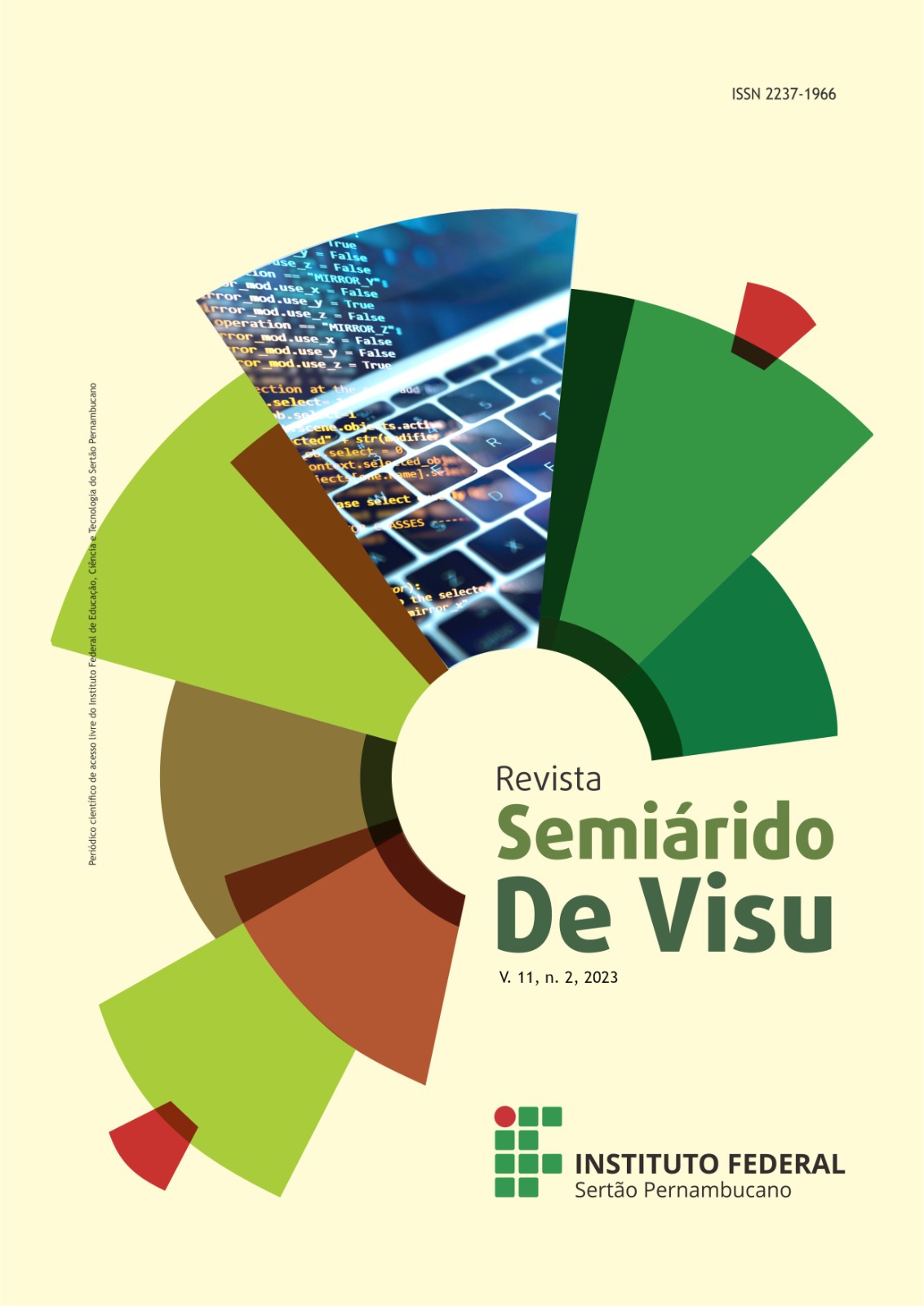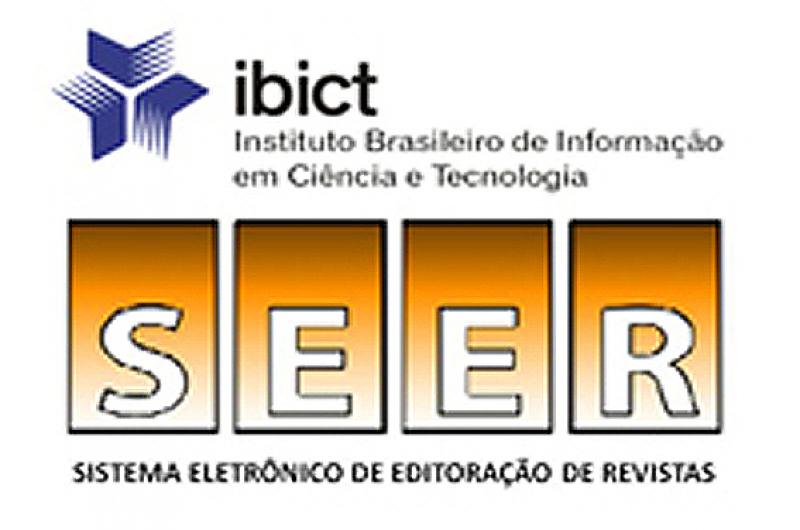Nanoindentação em concretos: uso da técnica para análise da zona de transição
Nanoindentation in concrete: use of the technique for interfacial zone transition analysis
Visualizações: 309DOI:
https://doi.org/10.31416/rsdv.v11i2.613Keywords:
concreto, nanoindentação, zona de transiçãoAbstract
Within the context of technological advances in concretes, nanotechnology has been a prominent element in recent research, it has progressively changed the science and engineering of materials, especially in terms of understanding its properties through nanoscience techniques. The nanoindentation technique, capable of obtaining hardness values and elasticity modulus on a nanometric scale of different phases, using significantly small loads, is a viable alternative for specific studies in the concrete interfacial zone transition. Therefore, the objective of this work is to analyze the properties of the interfacial zone transition of concretes using the technique of nanoindentation. The following independent variables were adopted: different cement consumptions and the mixing ratio of the other concrete constituents (mixtures); and healing time (days). The following response variables were adopted: resistance to axial compression; interfacial zone transition thickness; hardness and elasticity modulus. Four horizontal profiles were used in each sample, with a total length of 120 µm and spaced vertically by 20 µm, that is, 9 points horizontally spaced by 15 µm and 4 vertically spaced by 20 µm, totaling 36 indentations per sample. The nanoindentation technique allowed to verify the formation of the IZT and its respective thicknesses, proving to be a viable technique for this type of analysis.
References
C. Hu, Z. Li. A review on the mechanical properties of cement-based materials measured by nanoindentation. Constr. Build. Mater., 90 (2015), pp. 80-90.
H.M. Jennings. Colloid model of C-S-H and implications to the problem of creep and shrinkage. Mater. Struct., 37 (2004), pp. 59-70. View in ScopusGoogle Scholar
CONSTANTINIDES, G.; ULM, F.-J. The effect of two types of C-S-H on the elasticity of cement-based materials: Results from nanoindentation and micromechanical modeling. CEMENT AND CONCRETE RESEARCH, Oxford, v. 34, n. 1, p. 67-80, 2004.
JENNINGS, H.M. et al. A multi-technique investigation of the nanoporosity of cement paste. Cement and Concrete Research, v. 37, p. 329-336, 2007.
MILLER, M. ; BOBKO, C.; VAN DAMME, M.; ULM, F.-J. Surface Roughness criteria for cement paste nanoindentation. CEMENT AND CONCRETE RESEARCH, Oxford, v. 38, p.467–476, 200
MONDAL P, SHAH SP, MARKS LD. Nanoscale characterization of cementitious materials. ACI Mater vol. 105(2), p. 174–9. 2008.
OLIVER, W. C .; PHARR, G. M. An improved technique for determining hardness and elastic modulus using load and displacement sensing indentation experiments. Research Society, v. 7, n. 6, p. 1564-1583, 1992.
PHARR, G. M.; OLIVER, W. C.; BROTZEN, F. R. On the generality of the relationship among contact stiffness, contact area, and elastic modulus during indentation. Journal of Materials Research Vol. 7, nº 3, pp. 613 – 617, 1992.
PELISSER, FERNANDO; GLEIZE PHILIPPE J.P.; MIKOWSKI, ALEXANDRE. Propriedades Nanomêcanicas do Silicato de Cálcio Hidratado de Síntese. REVISTA AMBIENTE CONSTRUÍDO, v.9, p.129-139, Dezembro de 2009.
ROSSIGNOLO, J. A.; RODRIGUES, M. S.; FRIAS, M.; SANTOS, S.; SAVASTIANO JR, H. Improved interfacial transition zone between aggregate-cementitious matrix by addition sugarcane industrial ash. Cement and Concrete Composites vol. 80. Pag. 157 a 167. 2017
SILVA, W.R.L.; NEMECEK, J.; STEMBERK, P. Methodology for nanoindentation-assisted prediction of marcrescale elastic properties of high performance cementitious composites. Cement & Concrete Composites, v. 45, p. 57-68, 2014.
X.H. Wang, S. Jacobsen, J.Y. He, Z.L. Zhang, S.F. Lee, H.L. Lein. Application of nanoindentation testing to study of the interfacial transition zone in steel fiber reinforced mortar. Cem. Concr. Res., 39 (2009), pp. 701-715
WILBERT, D.G.B. Análise da interface entre argamassas de concreto com adição de fino basáltico e cinza da casca de arroz por meio de nanoindentação. Dissertação (mestrado) -Universidade do Vale do Rio dos Sinos – UNISINOS Programa de Pós-Graduação em Engenharia Civil, 2015.
WILBERT, D. G. B.; KAZMIERCZAK, C. de S.; KULAKOWSKI, M. P. Análise da interface entre agregados reciclados de concreto e argamassas de concretos com cinza de casca de arroz e fíler basáltico por nanoindentação. Ambiente Construído, Porto Alegre, v. 17, n. 2, p. 253-268, abr./jun. 2017.
XIAO, J., WENGUI L., SUN, Z; LANGE, D. A.; SHAH, S. P; Properties of interfacial transition zones in recycled aggregate concrete tested by nanoindentation. Cement & Concrete Composites, v. 37, p. 276–292. 2013.
M. Xu, B. Hallinan, K. Wille. Effect of loading rates on pullout behavior of high strength steel fibers embedded in ultra-high performance concrete. Cem. Concr. Compos., 70 (2016), pp. 98-109.
Downloads
Published
How to Cite
Issue
Section
License
Copyright (c) 2023 Revista Semiárido De Visu

This work is licensed under a Creative Commons Attribution 4.0 International License.















